Tourists in Majorca found themselves in a dangerous situation on Wednesday night after a “mini tsunami” — also called a meteotsunami — swallowed up beaches and streets in the popular seaside resort.
Footage from the incident shows tourists running from the raging waters. Many attempted to swerve out of the way to keep from being pulled down by the strong tide.
A Sudden Mini Tsunami
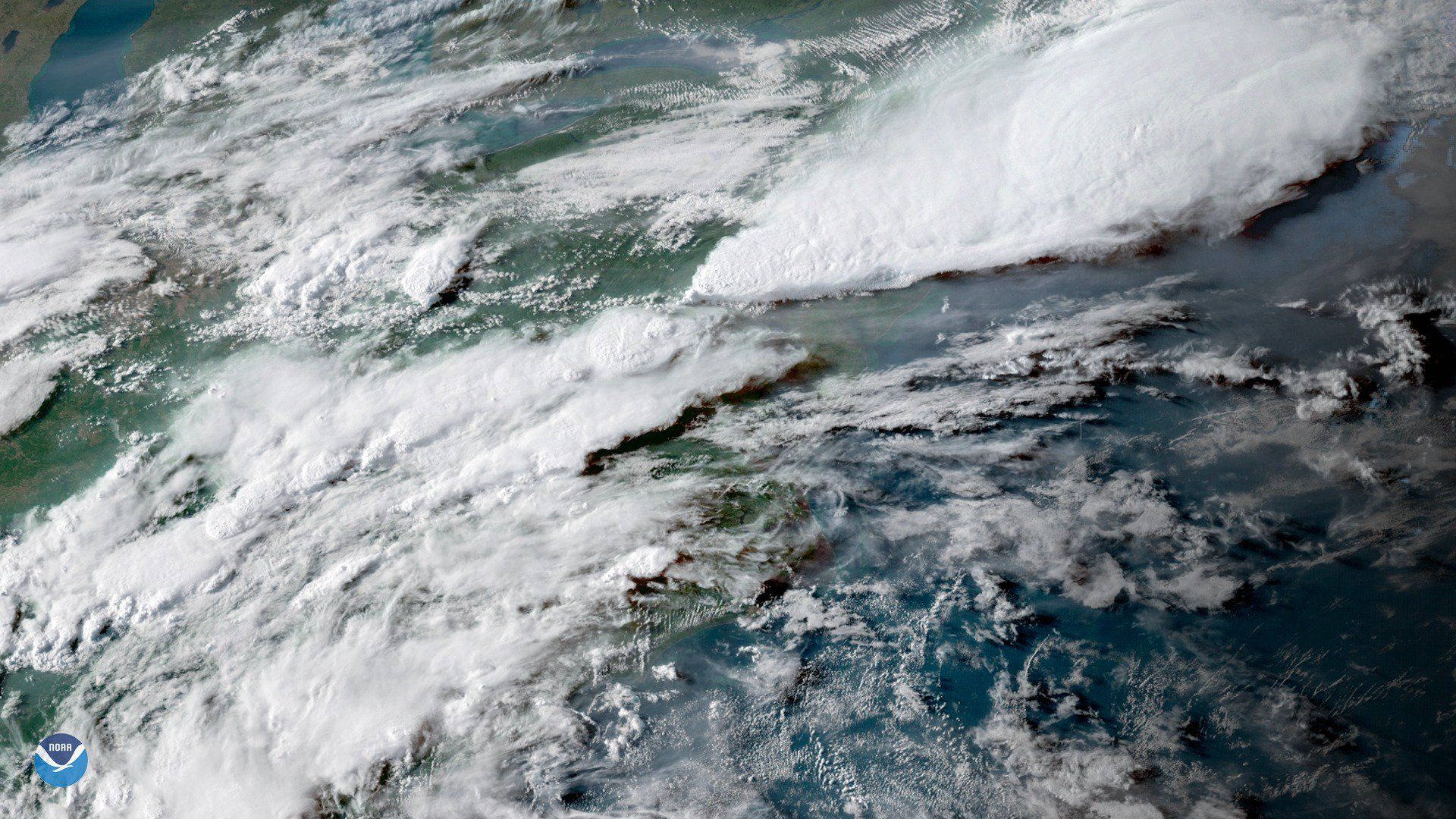
On Wednesday, a sudden meteotsunami occurred in the popular tourist town of Puerto Alcudia, a port town in Majorca, Spain.
Meteotsunamis differ from regular tsunamis, as they tend to be much smaller. However, these mini tsunamis can still cause great damage — especially as they can form incredibly quickly.
About Meteotsunamis
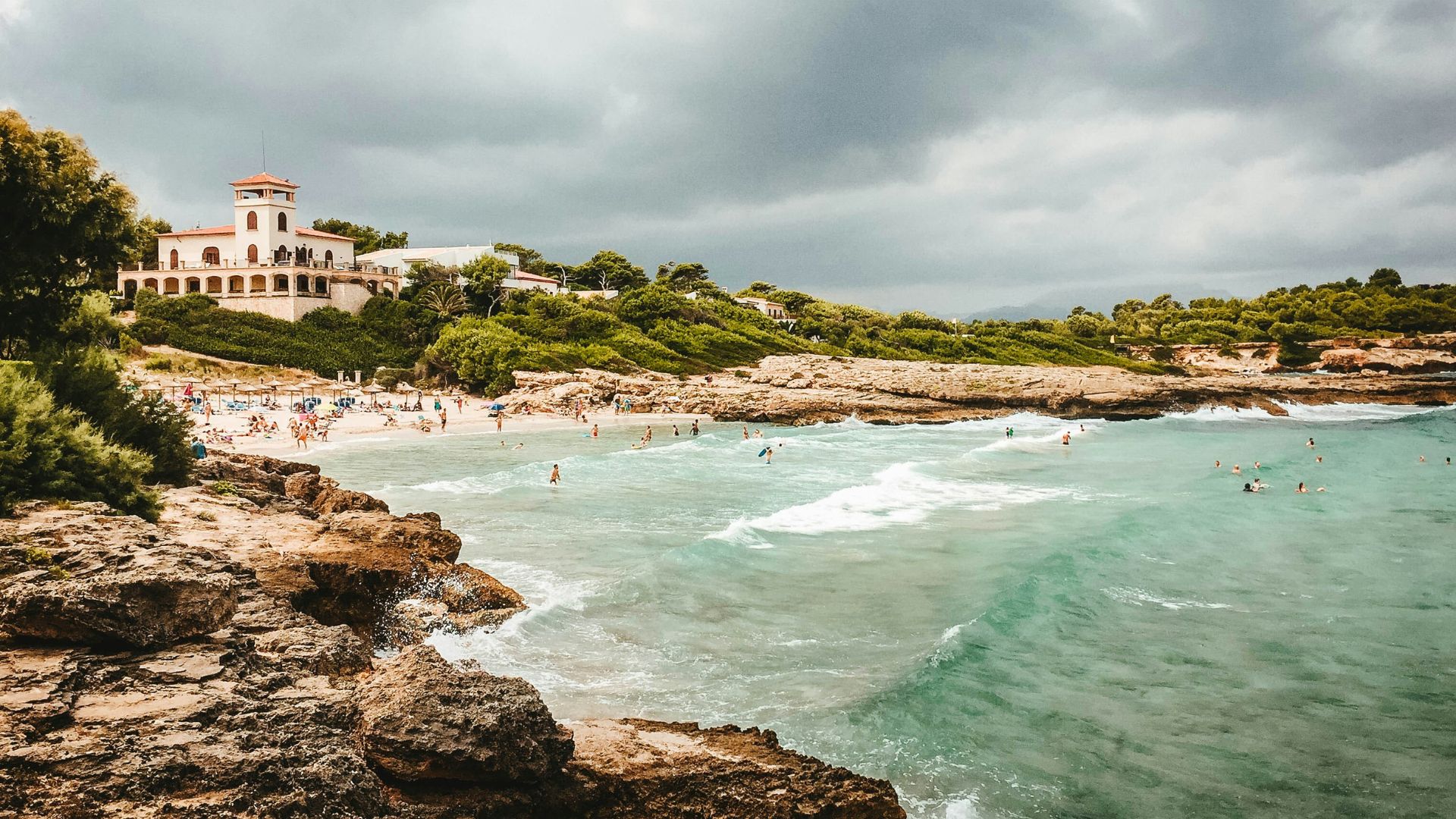
Meteotsunamis occur after rapid sea level changes appear thanks to various atmospheric events, such as squalls or strong storms.
These mini tsunamis — which the locals call “rissagas” — are not caused by seismic activity, as regular tsunamis are. Therefore, meteotsunamis tend to be smaller than tsunamis.
A Quick Formation

Though meteotsunamis aren’t as big as your average tsunami, they can still be incredibly dangerous — especially because they can form very quickly.
Aemet, Spain’s state weather agency, explained, “Pressure variations affect sea level. If the pressure increases, the sea drops; if the pressure drops, the sea rises. The main characteristic of these rises and falls is that they occur over very short periods. In just 15 minutes the sea level can rise or fall very noticeably and then return to its normal state.”
Puerto Alcudia’s Hectic Wednesday Night

On Wednesday night, once this meteotsunami formed, locals and tourists alike only had a short timeframe to figure out what they should do.
Footage from this hectic night revealed many tourists struggling to avoid getting completely soaked by the flooding water and rain. Many tourists also tried to keep from being knocked over by these suddenly strong currents.
A Flooded Town
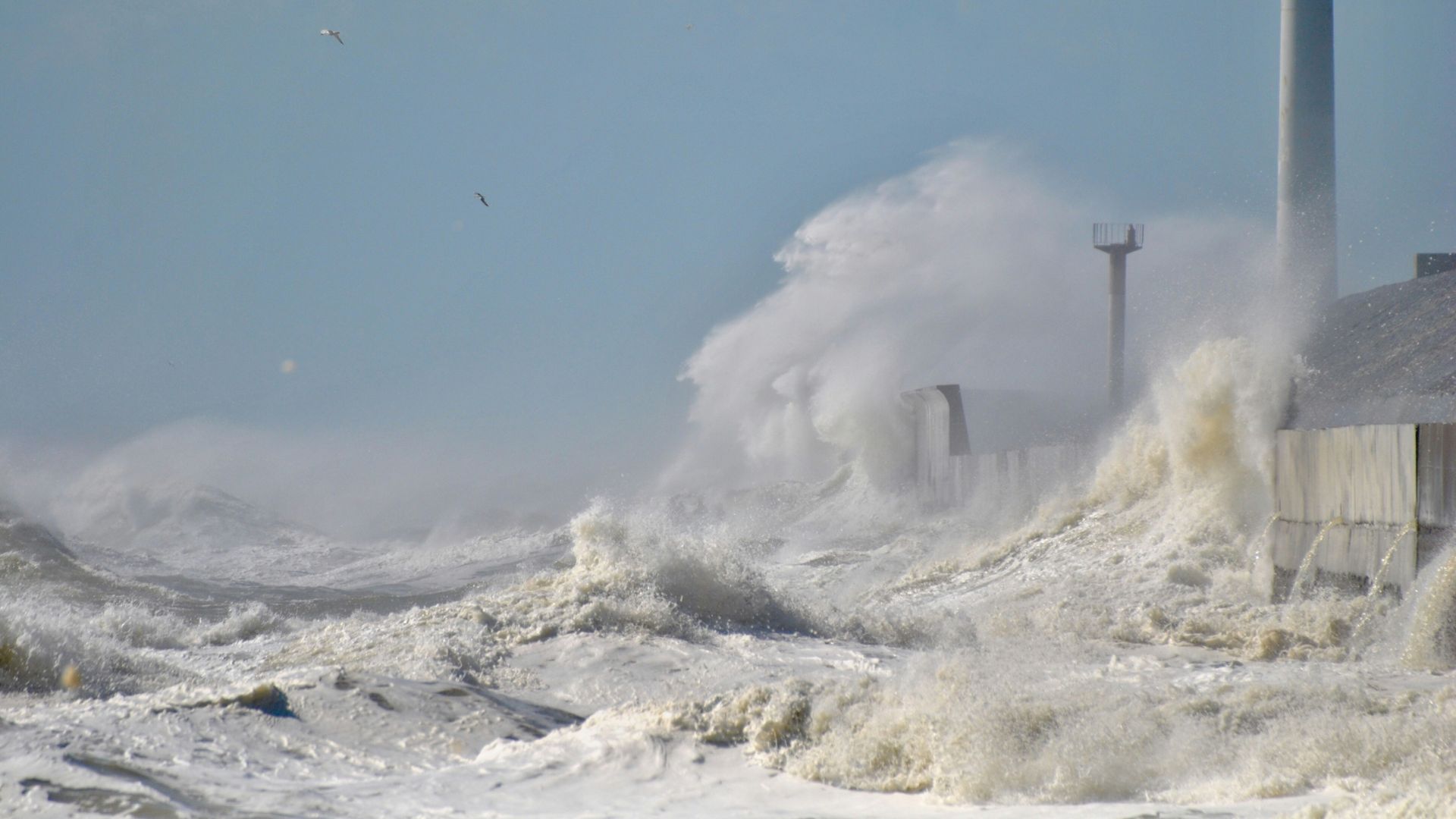
Very quickly, this popular seaside resort town became completely flooded, thanks to this mini tsunami. Video and photos from Wednesday show just how quickly the streets became completely filled with water.
Several streets in Puerto Alcudia became flooded. Meanwhile, beaches in the area became completely swallowed up.
How Locals Reacted to the Mini Tsunami
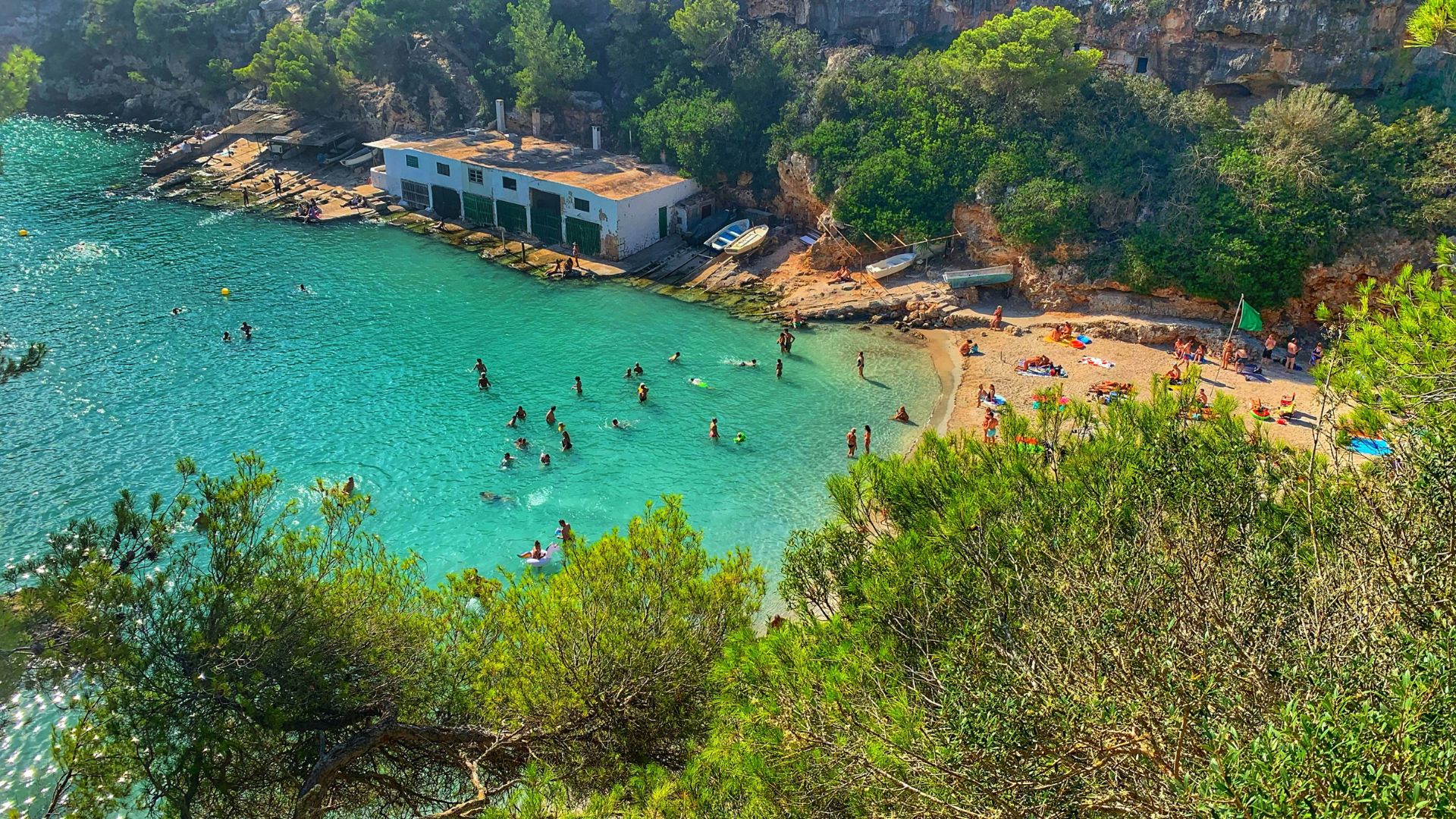
While many tourists clearly struggled to deal with this potentially dangerous meteotsunami, locals in the region are used to these extreme weather events.
In fact, there’s a local warning system in place that allows meteorologists to publicly declare when one of these mini tsunamis may be expected. This declaration can help warn locals quickly.
No Major Injuries

Luckily, no major injuries have been reported after this meteotsunami swallowed up parts of the popular town.
Even though meteotsunamis aren’t as big or powerful as tsunamis, they can still cause harm to people — and even death. Unfortunately, past situations in Majorca have seen these severe incidents happen.
A Deadly 2018 Tsunami
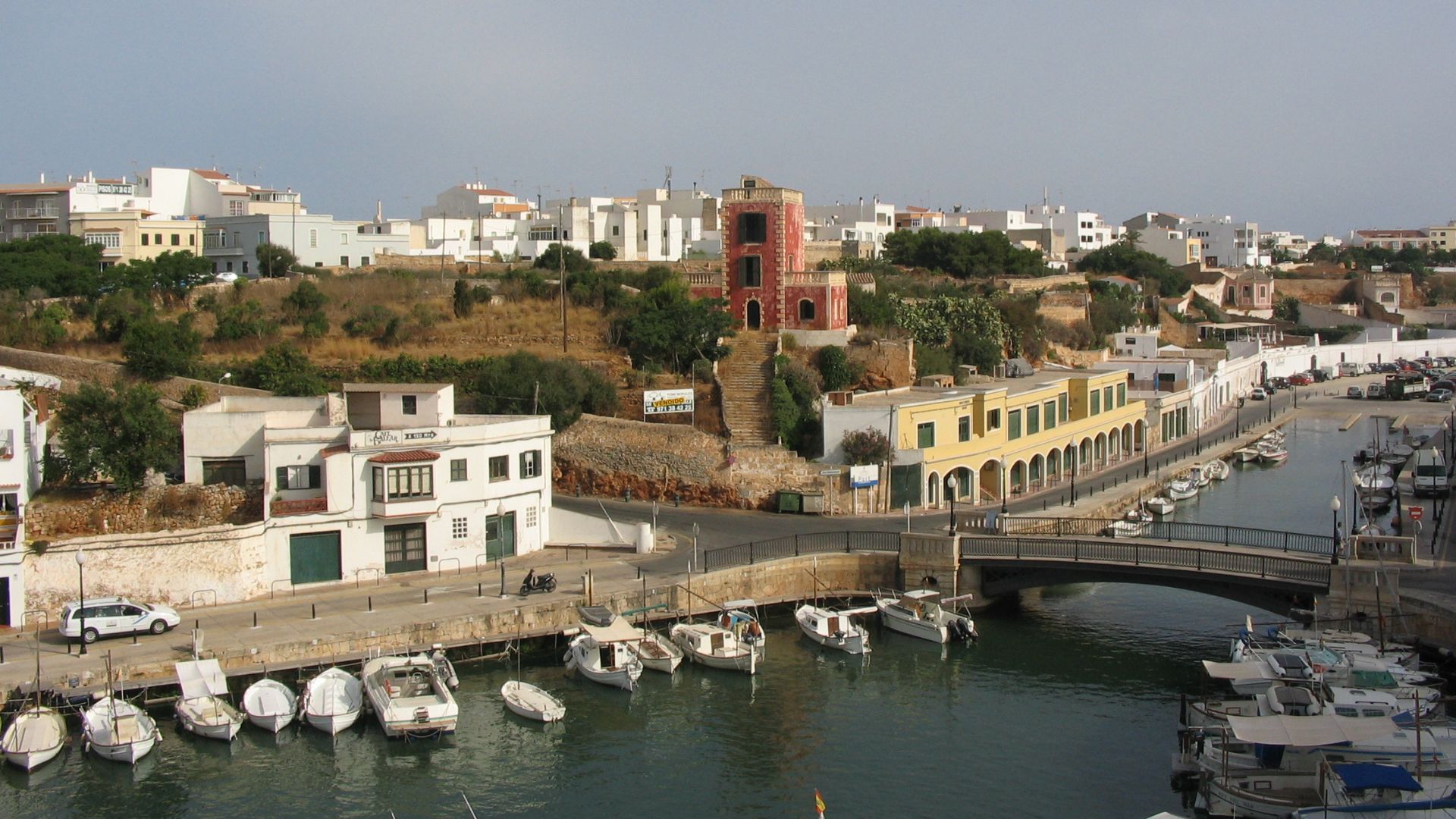
In 2018, a tsunami wrecked many holiday hotspots on the Majorcan coastline, particularly near Port Andratx. A German father lost his life during this event after he was swept out to sea during this terrifying incident.
Meanwhile, Menorca’s port city Ciutadella also suffered major damages after an almost five feet high wave brought destruction to its shoreline.
Europe’s Unusual Summer Weather
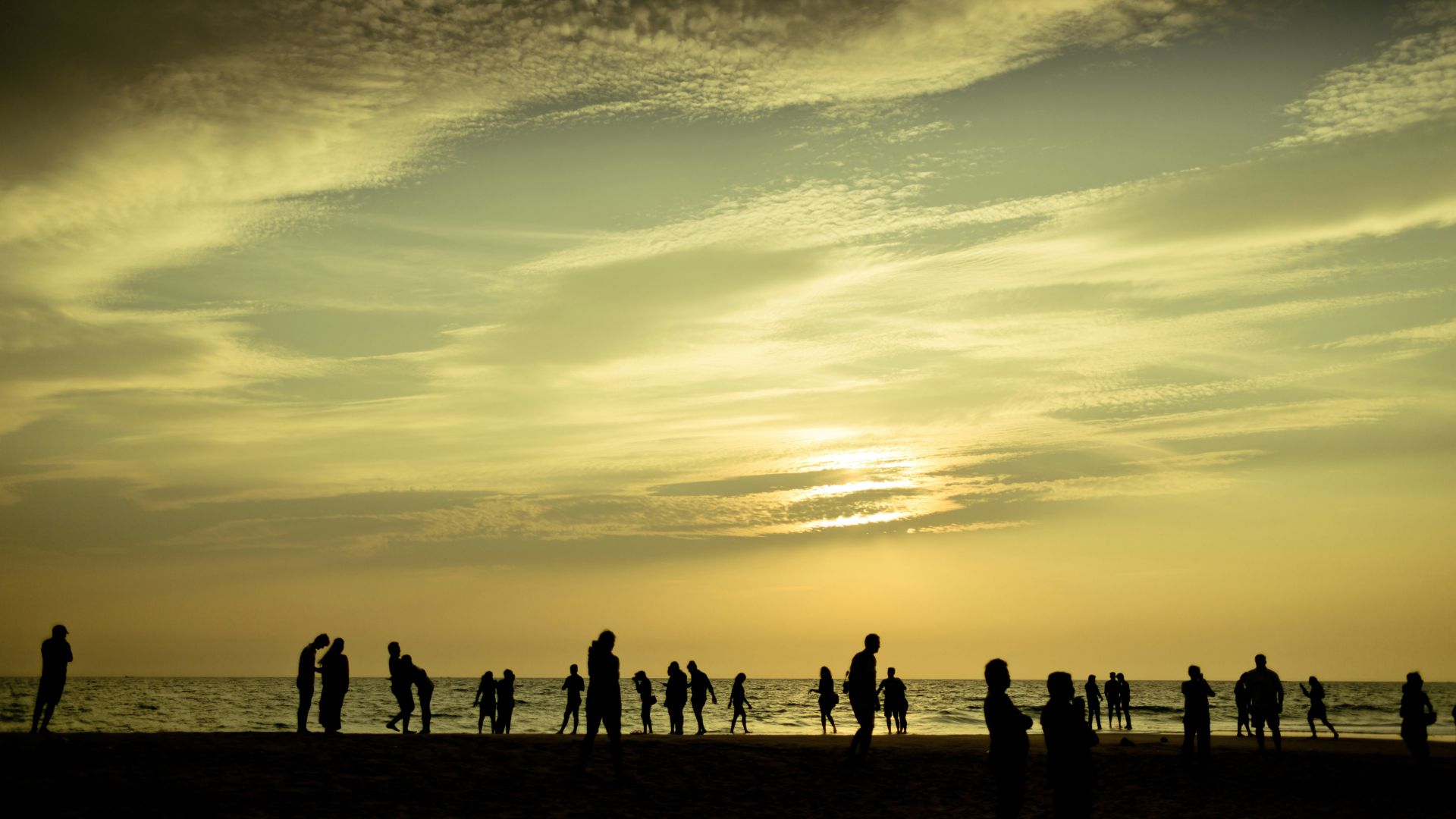
This latest Majorca incident comes as the rest of Europe undergoes a hectic and unusual summer season. In various parts of the continent, the weather has been incredibly extreme.
Many countries in the south of Europe are currently dealing with a heat wave that has reached nearly 107 degrees Fahrenheit in some areas. This also comes as the United States and parts of the Middle East have also been dealing with excessive heat waves.
European Wildfires

While the south of Europe has been struggling to deal with excessive heat, Majorca has been dealing with mini tsunamis, and Turkey has been attempting to rein in a wildfire that has already killed five people.
The United States has also begun to have its own wildfires this summer season, with California and New Mexico fighting blazes at the moment.
A Hot Summer

Various parts of the world have seen record-breaking temperatures this summer. Some tourist hotspots have told visitors to cancel their trips, thanks to this extreme weather. For example, many hotels in Sicily have reportedly done exactly this, as they’re going through a drought.
Meanwhile, residents of various countries including Croatia, Albania, and Montenegro have been dealing with power cuts throughout their cities amid these heat waves.
Predicting Meteotsunamis

In the past, these events have been difficult to predict, which can make them deadly if people aren’t prepared. The symptoms of a meteotsunami can cause water levels to rise over six feet in less than 10 minutes.
However, recent research has been done that shows hope in identifying high-risk regions and developing forecasting models to help local communities respond appropriately.
No Effective Forecast Models
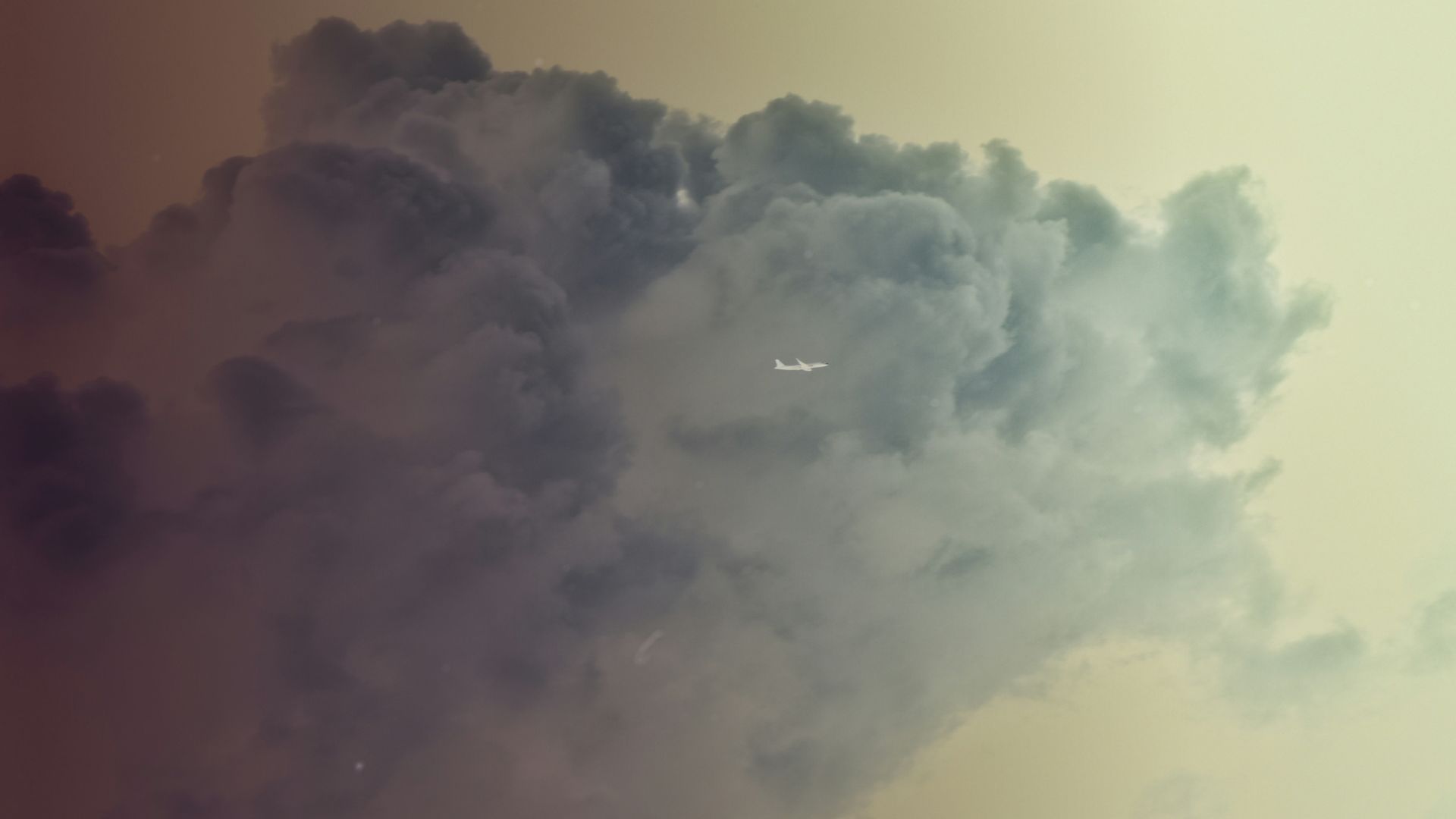
According to the National Oceanic and Atmospheric Administration in 2021, “there are currently no forecast models that effectively predict meteotsunamis in the U.S.”
However, NOAA research discovered that scientists may be able to combine water and weather prediction models to forecast meteotsunami events from minutes up to hours in advance.
Short-Range Weather Models
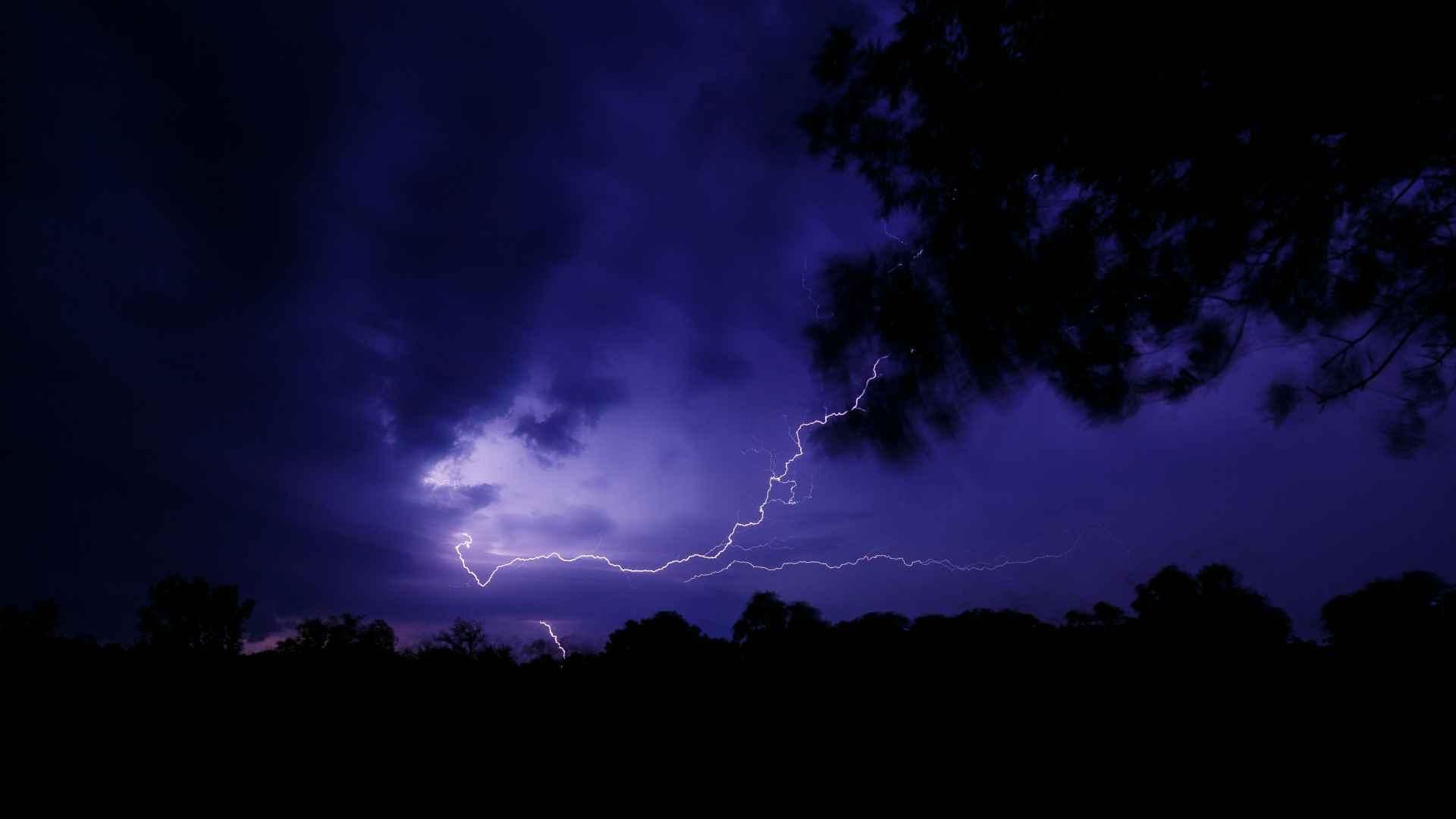
NOAA oceanographer Eric Anderson expressed enthusiasm with the possibility of predicting certain types of meteotsunamis.
“The good news with this type of meteotsunami is that it is easier to predict than ones triggered by thunderstorms,” said Anderson. “Our short-range weather models can pick up these atmospheric pressure waves, whereas predicting thunderstorms is more difficult.”
New Phenomenon

Many may not recognize the word “meteotsunami” in their lexicon and there is a reason for that. Until recently, scientists didn’t even know they were different from other storms.
“Meteotsunamis are not a new phenomenon,” said UW professor Chin Wu in 2019. “We just haven’t been aware of it [until recently]. We always thought of [them] as a storm until three to five years ago.”
Mechanisms Not Well Understood
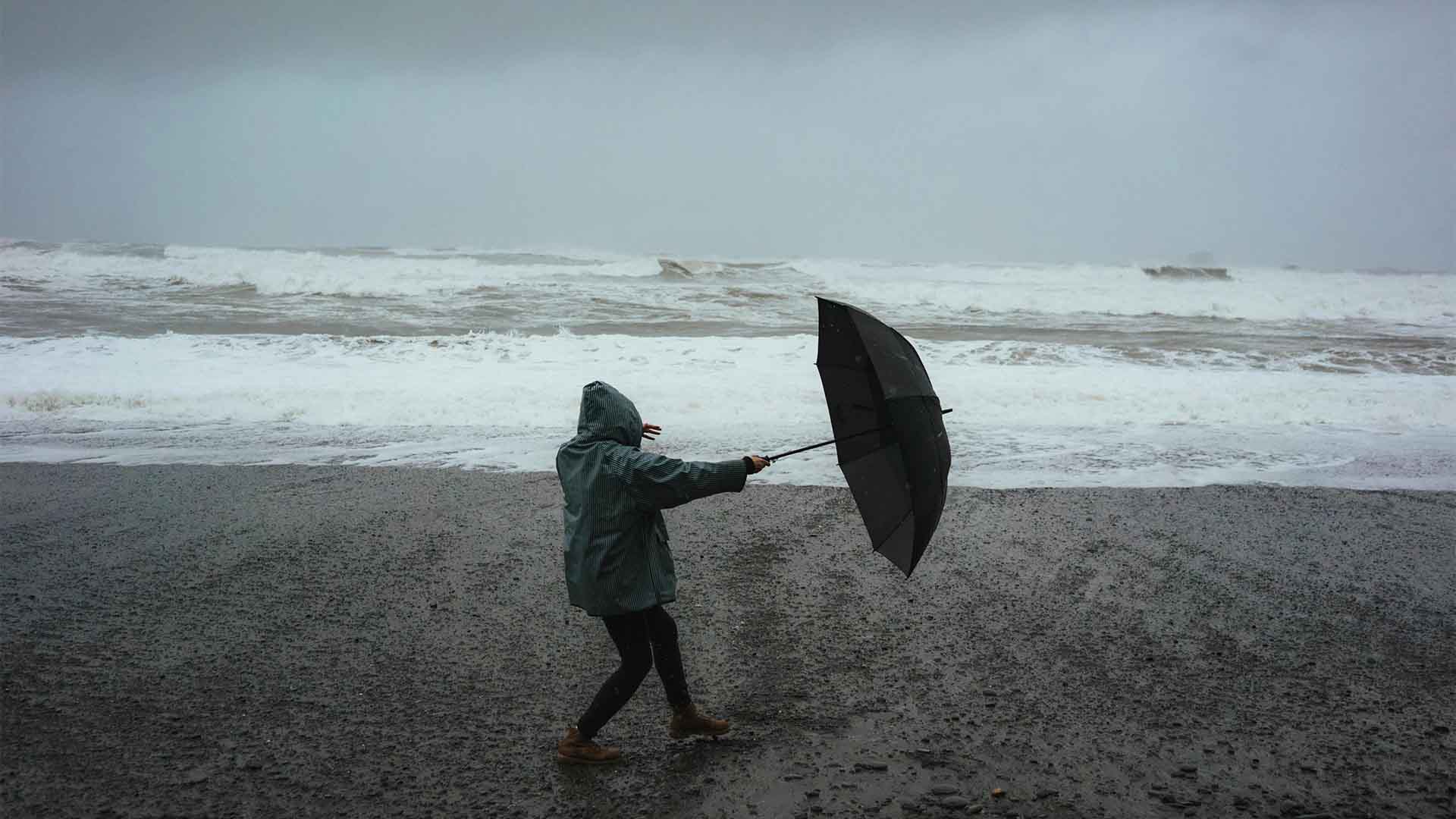
Since this classification of weather events is so new, scientists are still trying to understand some of the mechanics behind how they work.
A study of meteotsunamis published in the journal Nature in 2016 conceded that “The generation mechanism of meteotsunamis, which are meteorologically induced water waves with spatial/temporal characteristics and behavior similar to seismic tsunamis, is poorly understood.”
Effects of Climate Change

Because researchers are still unclear about the mechanics behind what causes atmospheric waves, they cannot be sure whether rising global temperatures would lead to an increase in incidence or definitively say how climate change might affect meteotsunamis.
“We know how the atmosphere and the ocean interact … but we want to find out what exactly helps these processes in the atmosphere to develop, what kind of larger setting in the atmosphere allows for these smaller processes,’ said assistant professor and meteorologist Professor Jadranka Šepić in 2021.
High Sea Level

Scientists predict one consequence of climate change is that the Earth will experience a rise in sea level, which meteotsunami researchers think could make them more dangerous.
“The first thing is they will happen from a higher sea level so they will be more dangerous,’ said Professor Šepić. “But the second thing we need to check is what will happen to these atmospheric waves – will they happen more often or less often? If they happen less often it could happen that these two events cancel each other … but if we have … more of these favourable atmospheric processes then there is a problem: you have a meteotsunami which is more likely to happen and which will start from a higher level.”
Climate Change Simulations
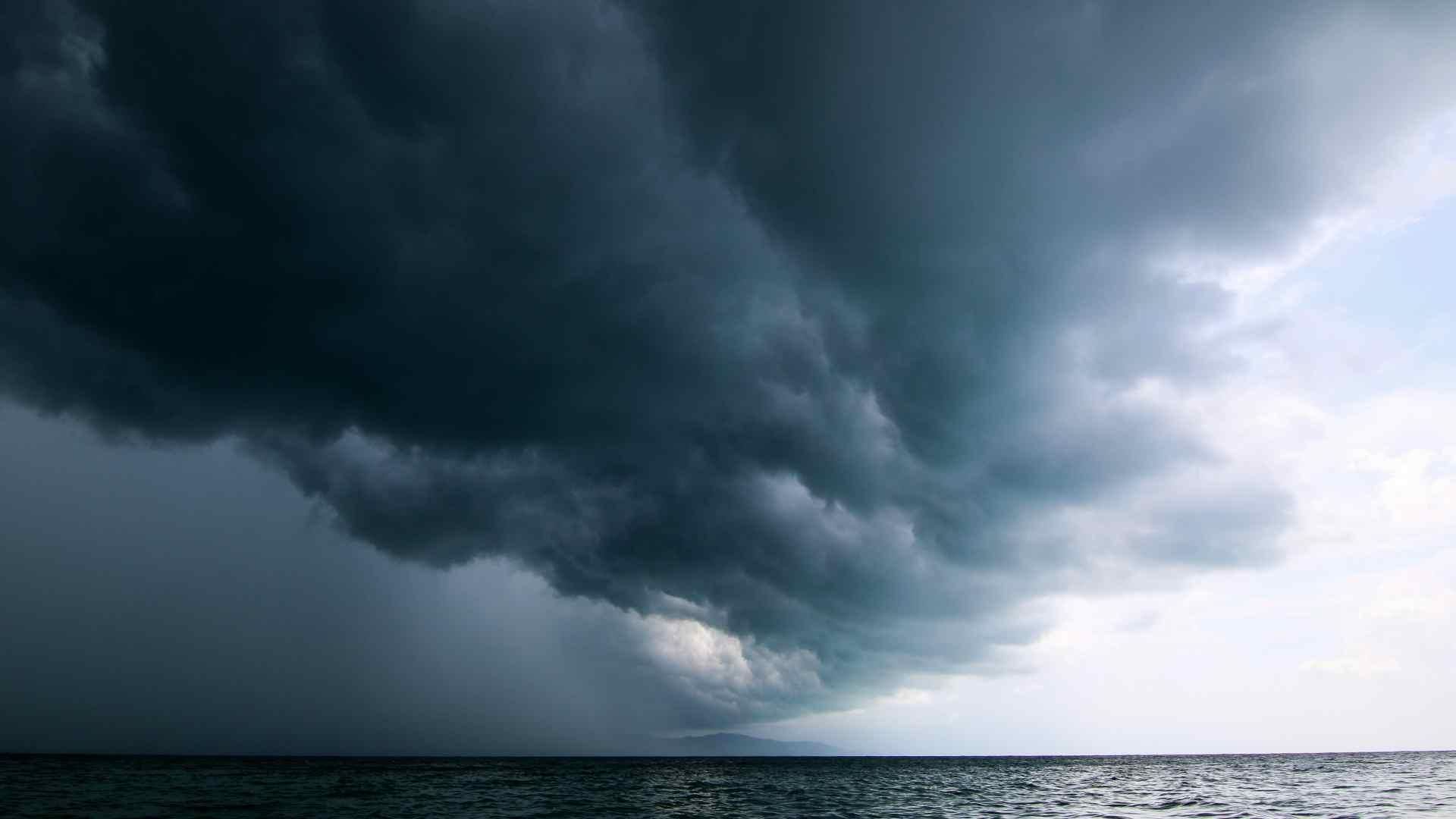
To answer this question of meteotsunamis and climate change, researchers turned to predictive models that estimate what the future conditions of the atmosphere or ocean might be like.
One climate simulation that looked at the Balearic Islands revealed a worst-case scenario that showed a 30% increase in the number of days that would have favorable conditions for developing meteotsunamis.
Problem With Climate Simulations
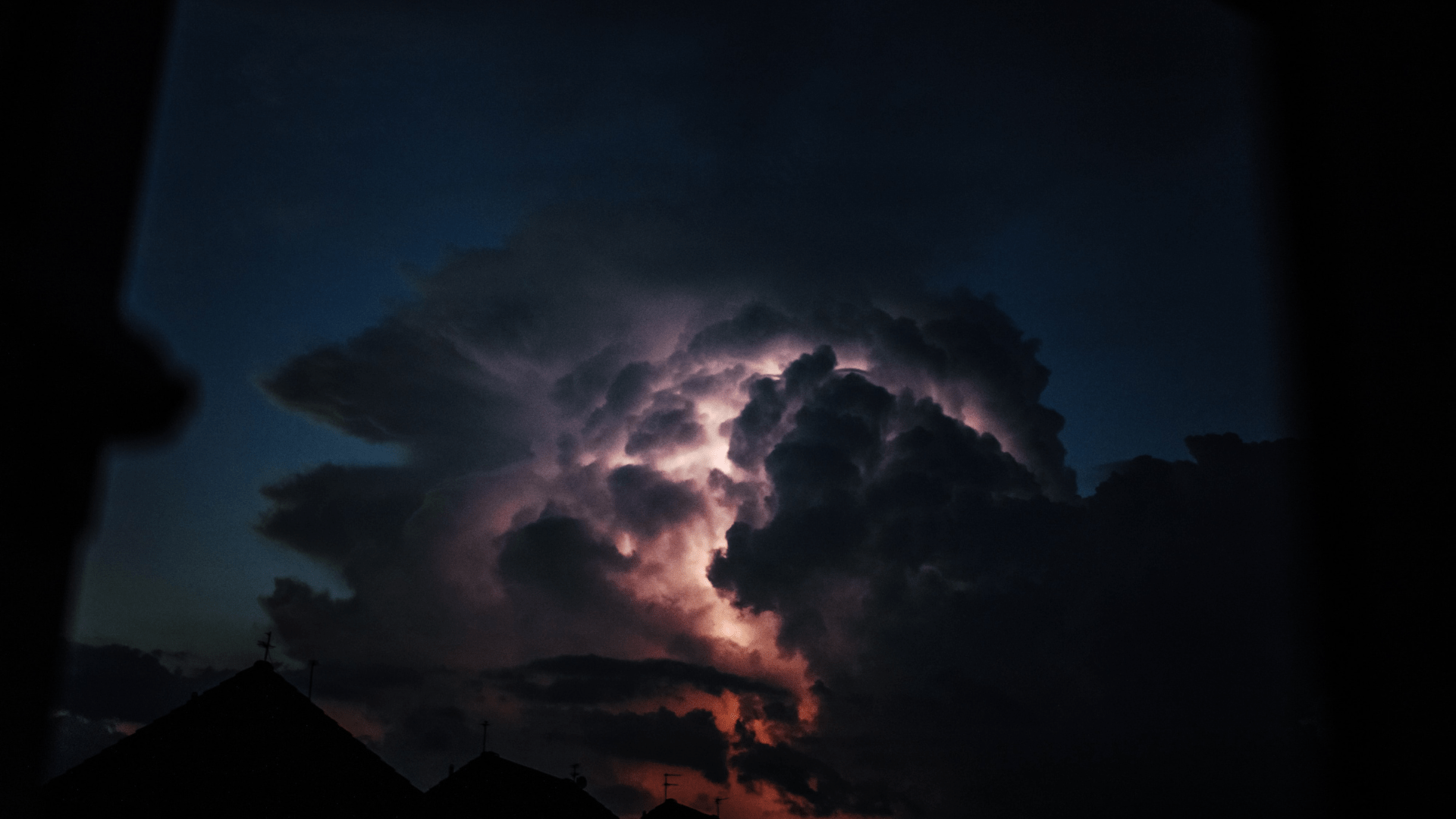
Professor Šepić points out that relying on a scenario in a single simulation has its flaws, and that more study is needed to make accurate predictions with climate change models.
“‘But the problem is we used only one climate simulation – this was like a prototype model,’ said Prof. Šepić. ‘You need to look at ten or 20 climate simulations.’
Research Progress

Progress has continued since 2021 without much change. Last year the European Geosciences Union published a proposal to develop a meteotsunami intensity index to help categorize different storms and protect people.
“Unlike other coastal hazards such as tsunami, there exists no standardised means of quantifying this phenomenon which is crucial for understanding shoreline impacts and to enable researchers to establish a shared language and framework for meteotsunami analysis and comparison,” said a preprint study on EGUsphere.
Rating System
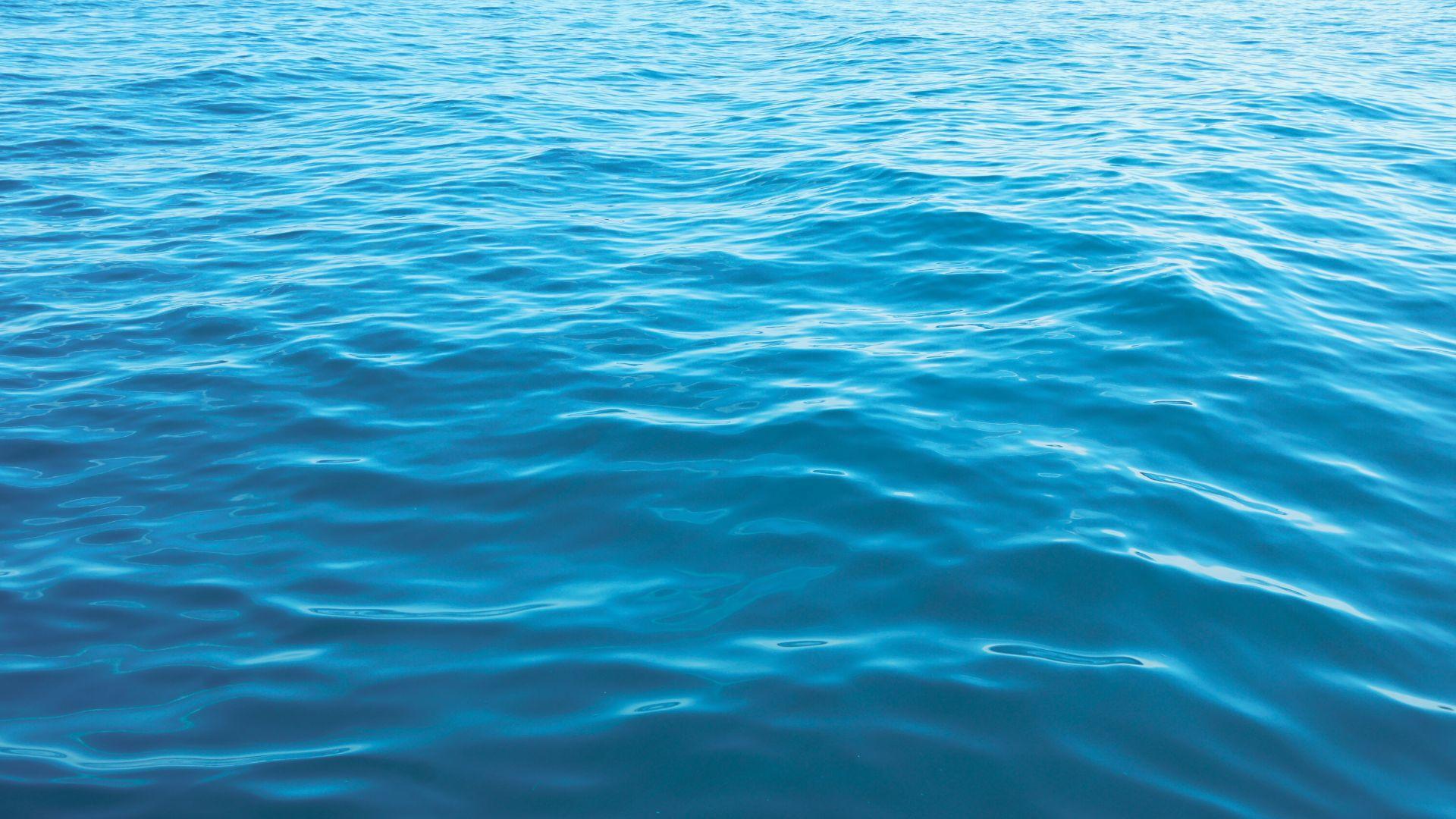
The proposal would use a 5-level Lewis Meteotsunami Intensity Index (LMTI) that was previously tried in the UK, but the study authors think it can be applied globally.
“Further trial implementation of the LMTI in a global capacity revealed its potential adaptability to other meteotsunami-prone regions facilitating the comparison of events and promoting standardisation of assessment methodologies,” said the study.
Recent Comprehensive Study
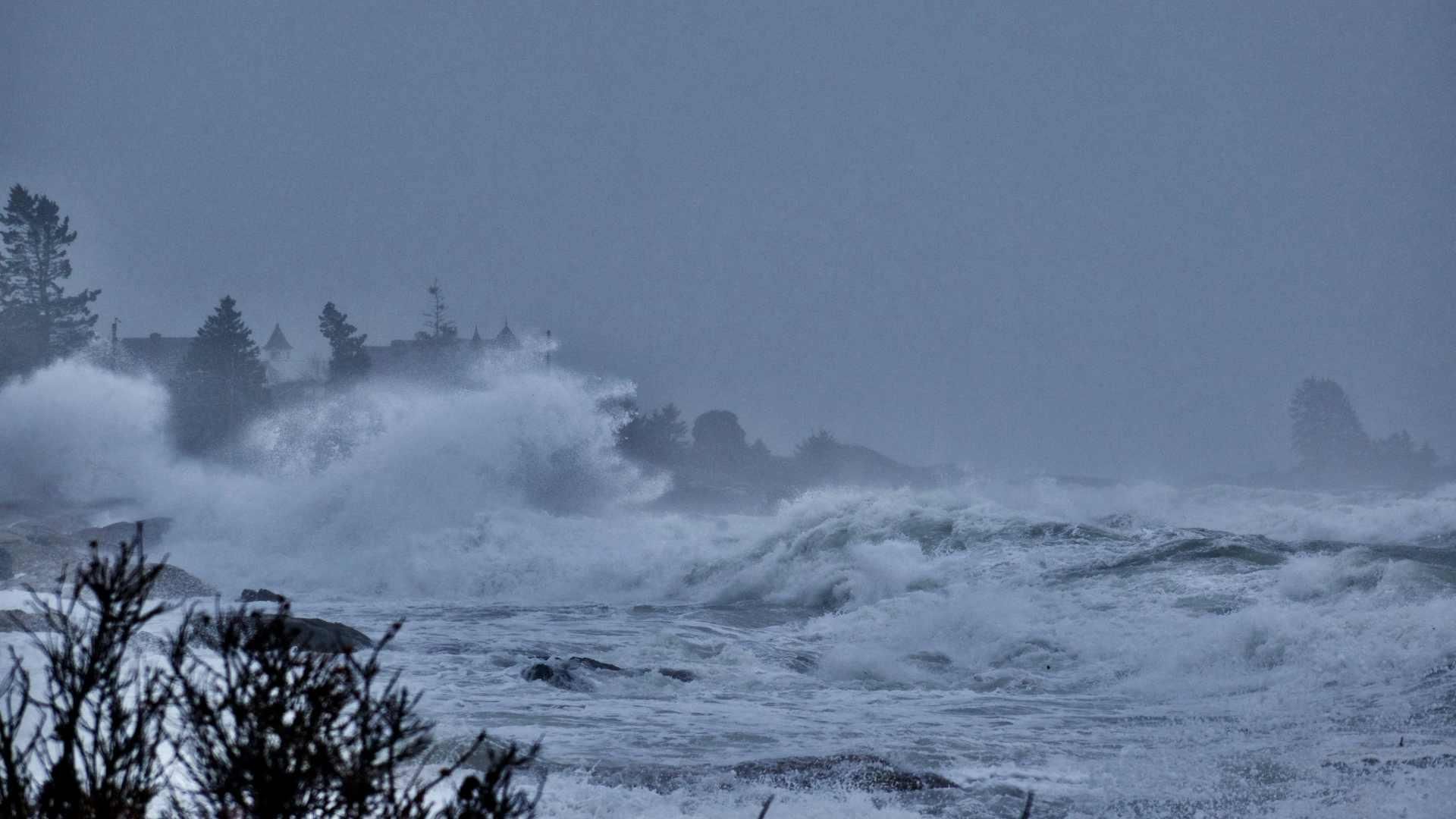
A recent study looking into meteotsunamis published in January tried to examine different behaviors exhibited by types of storms and their relationship with meteotsunamis in the southern Asia-Pacific region.
“During the period from December to April, intense and frequent meteotsunamis are strongly associated with cluster storms, primarily in the western regions of Taiwan. Typhoon-induced meteotsunamis are more prevalent in the seasons between July and October along the east coasts of Taiwan.,” the study’s conclusion said.
